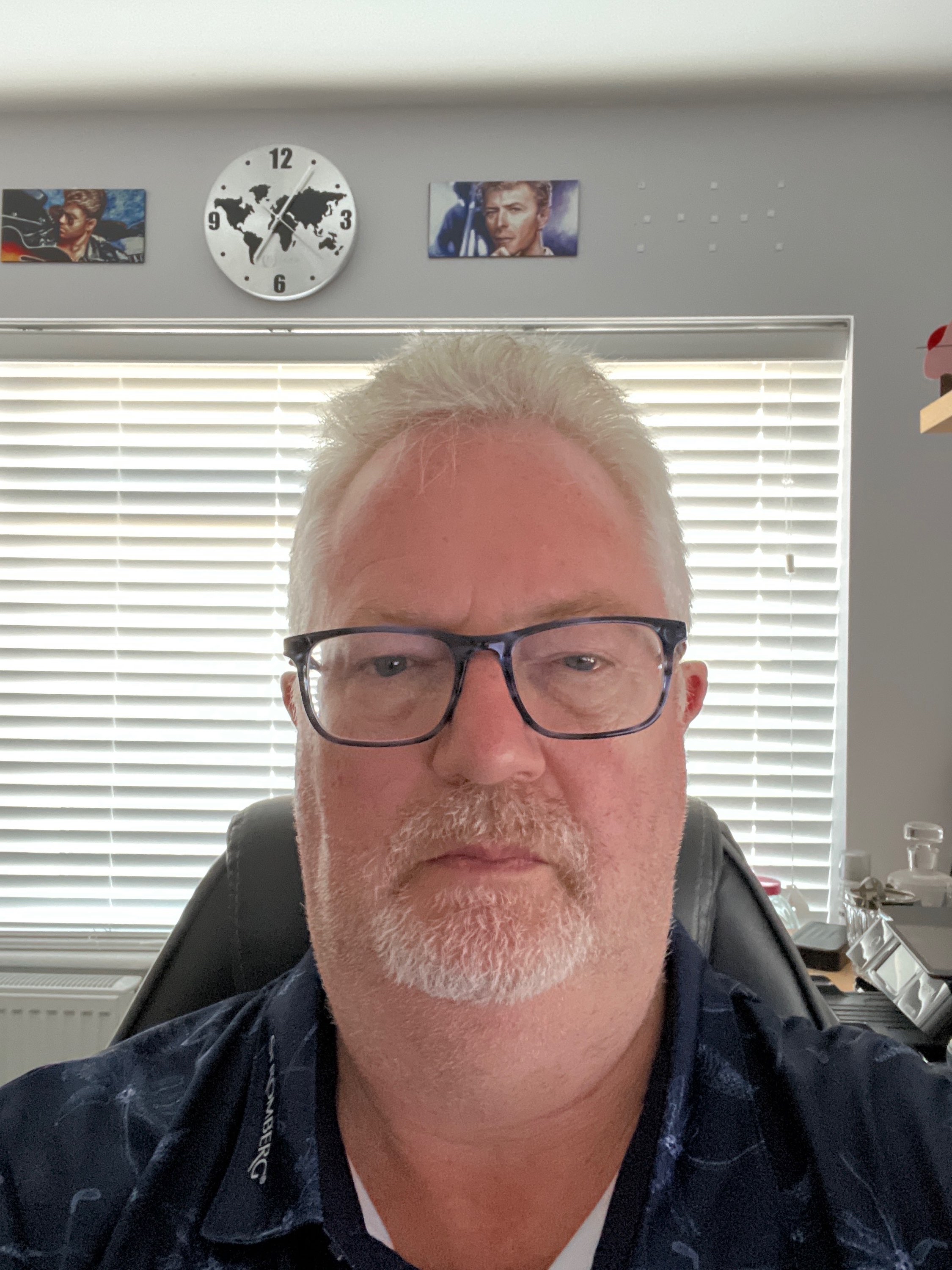AstroAccess joins Aurelia Institute and MIT Space Exploration Initiative on space disability access
- Satellite Evolution

- Jun 9, 2022
- 2 min read
Mission: AstroAccess is proud to announce a new partnership with the Aurelia Institute, an innovative non-profit dedicated to building humanity’s future in space. On May 22, 2022, Aurelia conducted the Horizon 2022 Zero Gravity flight. Aurelia worked with our long-time partner the Zero Gravity Corporation to make this first Zero-G mission of the Aurelia Gateway Program possible.

AstroAccess Ambassadors Apurva Varia, Dr. Mona Minkara, Viktoria Modesta, Centra (Ce-Ce) Mazyck, along with AstroAccess interpreter Justin Baldi, were part of the twenty-five member team of fliers that experienced twenty parabolas of reduced gravity, including two Martian, two Lunar,
and sixteen zero gravity intervals.
Two days prior to this flight, on May 20, 2022, AstroAccess Ambassador Dr. Mona Minkara also flew as a researcher aboard the MIT Space Exploration Initiative’s Zero-G flight. AstroAccess is ecstatic to be deepening our collaboration with MIT, which played a key role in our inaugural 2021 Zero-G flight. Between AstroAccess Flight 1, MIT Space Exploration Initiative’s May 20 flight, and Aurelia Institute’s May 22 flight, Dr. Minkara is now the most experienced blind zero gravity researcher in the world.
AstroAccess is proud to have been a partner organization on Aurelia’s Horizon 2022 Flight along with the Aerospace Special Interest Group of the National Society of Black Engineers (NSBE Aerospace SIG), the Brooke Owens Fellowship, the Matthew Isakowitz Fellowship Program, MIT Students for the Exploration and Development of Space, NASA International Space Apps Challenge, the Patti Grace Smith Fellowship, the Polynesian Voyaging Society, Space Generation Advisory Council (SGAC), and the Zed Factor Fellowship.

The AstroAccess Ambassadors took this opportunity to expand upon their work and accomplishments from our first zero gravity flight in October 2021. Ambassador Apurva Varia conducted analysis of the comprehensibility of American Sign Language in microgravity while two signers were in various configurations with one another. This work was done in collaboration with faculty at Gallaudet University, an AstroAccess partner organization.
Building upon an experiment from AstroAccess Flight 1, Varia also tested LED lighting systems that used changes in color as a nonverbal means of communication. Viktoria Modesta designed and field tested a lower leg prosthetic specifically designed for use in microgravity. This work was completed with our partners at the Alternative Limb Project.

Ce-Ce Mazyck worked on improving our knowledge of how to move through the cabin exclusively using hand holds and successfully circumnavigated a cross section of the cabin twice within the duration of one 25-second parabola.
Dr. Mona Minkara worked with tactile modifications on the sidewalls of the cabin designed to give orientation information to flyers. Between both the MIT and Aurelia flights, Minkara used audio and video recordings to narrate her experience and to test the accuracy of her sense of orientation during weightlessness.
AstroAccess Executive Director Anna Voelker said, “We learned so much from Flight 1 and thanks to the incredible opportunities provided by the MIT Space Exploration Initiative and the Aurelia Institute, we were able to make massive strides in expanding upon that knowledge. I cannot wait until our upcoming November flight to further this research as we continue to work towards breaking down barriers to space exploration.”



Comments